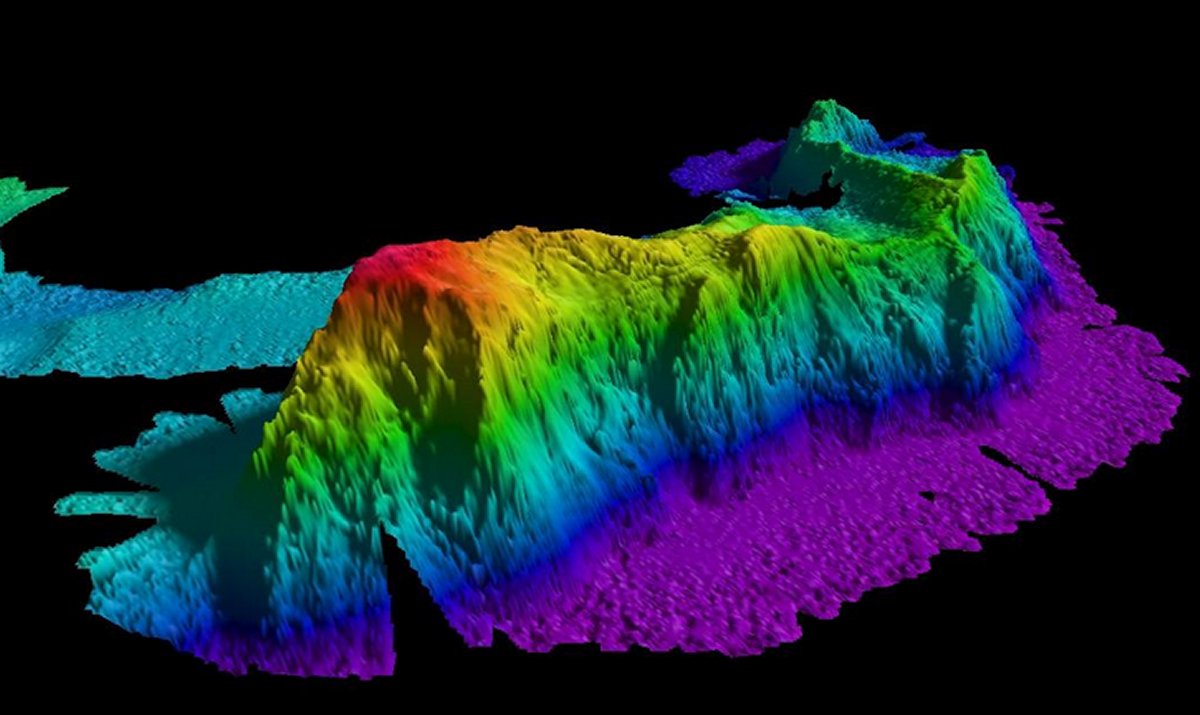Seamounts: Gigantic Elevations More Than 1,000 Meters High At The Bottom Of Ocean
Seamounts are either active or dormant volcanoes that rise dramatically from the bottom of the ocean and never reach the surface.
They are large isolated elevation(s), greater than 1,000 m in relief above the sea floor, characteristically of conical form.

These gigantic undersea mountains were once formed by volcanic activity. They have long been considered hazards to submarine navigation.
According to new estimates, taken together, seamounts cover approximately 28.8 million square kilometers of the Earth’s surface! That’s larger than deserts, tundra, or any other single land-based global habitat on the planet.
Seamounts are abundant and some of them still remain unmapped, posing a navigational danger.
Muirfield Seamount is named after the ship that hit it in 1973 and more recently, the submarine USS San Francisco ran into an uncharted seamount in 2005 at a speed of 35 knots (40.3 mph; 64.8 km/h). The accident caused serious damage of the ship and one seaman was killed.
The seamounts are vast, biological hotspots – huge and biologically rich habitats for marine life. The habitats have evolved slowly over millions of years.
Some of the organisms have found a suitable home on these undersea mountain formations due to their shape, comfortable enough to serve as home.
Thanks to the steep slopes of seamounts, nutrients are carried upwards from the depths of the oceans toward the sunlit surface, providing food for creatures ranging from corals to fish to crustaceans.
Thousands of seamounts—most of them undersea volcanoes—tower above the muddy seafloor.



 Creators of mankind
Creators of mankind Description of “Tall white aliens”
Description of “Tall white aliens” Where they came from?
Where they came from? About hostile civilizations
About hostile civilizations The war for the Earth
The war for the Earth “Tall white aliens” about eternal life
“Tall white aliens” about eternal life Video: “Nordic aliens”
Video: “Nordic aliens” Aliens
Aliens Alien encounters
Alien encounters The aliens base
The aliens base UFO
UFO Technology UFO
Technology UFO Underground civilization
Underground civilization Ancient alien artifacts
Ancient alien artifacts Military and UFO
Military and UFO Mysteries and hypotheses
Mysteries and hypotheses Scientific facts
Scientific facts


















